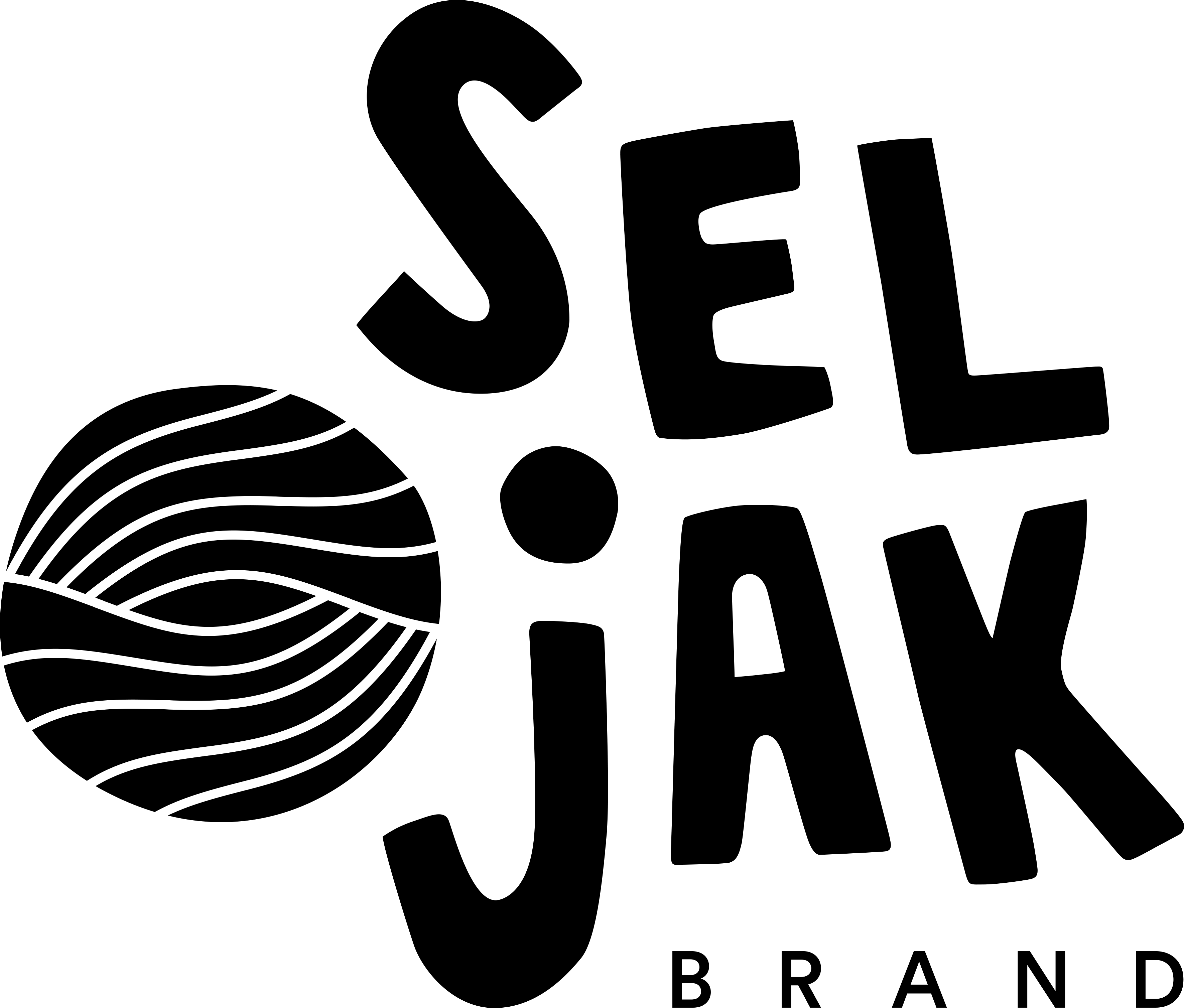
image: Getty Images
It was our privilege to be invited to speak at AGDA's Pecha Kucha event at Sydney Design Festival last week on the theme of 'positive impact'. Pecha Kucha means 'chit chat' in Japanese and requires each presenter to tell their story in 20 images, for 20 seconds each.
It's a challenge that got us thinking about the most concise way to share our thoughts on how thinking creatively can solve some of the most pressing issues of today – indeed, how creatives may be those best placed for the job. We wanted to share what we've learned so far on our journey with Seljak Brand.

Designers play a pivotal role in creating a more meaningful future because the current model is not working, requiring new ways of thinking and doing. There will be an estimated 9 billion people on the planet by 2050 with a ballooning middle class – not only those that consume and emit the most (Brookings Institute, 2018) but are also not happy with how the system is serving them.
From my work in the food and fashion industry, and Sam's experience within the purpose-driven business realm, it became clear to us that the resources need to support everyone are finite and the current linear model of take (extraction), make (manufacture) and waste (consumption and disposal) is nothing less than absurd.
Designers have the power to pick their problem to solve, from overpopulation to climate change to inequality, and do what designers do best: rethink the thing, using what already exists.

To be equipped to solve big issues, designers, or anyone, need to think about what they care about, what they're good at, what problem needs to be solved and what they can be paid to do. This is because it takes incredible amounts of time and energy to create change.
 As a proof of concept Sam and I developed our own model for blankets, using wool, a beautiful Australian resource with super-power properties – lightweight, moisture-wicking warmth.
As a proof of concept Sam and I developed our own model for blankets, using wool, a beautiful Australian resource with super-power properties – lightweight, moisture-wicking warmth.

- We rag the fibres from the factory floor (offcuts from luxury merino blanket production)
- We spin them into new yarn with a bit of polyester for strength
- We weave new blankets, which have all the amazing properties of merino plus durability
- When our customer is finished, we’ll take them back free of charge and incorporate them into the ragging process, to be made into blankets again
No new resources are required, no waste is created – this is a closed loop in action.
It’s the story of restorative design we want to share, which includes not just how a product is made, but it’s how it’s used and thrown away.


It’s interest from other Australian business that want to get rid of their waste that’s been the opportunity for real impact for us.
We’re being offered tonnes of uniforms discarded after a rebrand and there are fast fashion companies that want better end-of-life solutions for their clothes too.
So, we’ve taken 250kg of offcuts from a t-shirt manufacturer in Sydney to rag and spin at the mill. We're testing our model as a viable solution for others to deal with their waste with Australia’s manufacturing capacity.
We have a lot of conversations with these businesses to figure out how to include them in our model. Where are they based? What are their volumes? Is their waste stream pure or does it need to be sorted? If there are other streams, like nylon linings, what do we do with those? Logistics and consistency is everything when dealing with waste.
Two quick tips if you’re creating a new model:
1) Get comfortable with the unknown.
2) Pick the problem you really care about because you’re going to spend A LOT of time thinking and talking about it.

Once we prove waste-to-resource products with other businesses can be done at local level with hundreds of kilos, we can get buy-in from corporations who have tonnes of textile waste.
Then we can expand, and deal with the thousands of tonnes of waste building up, the stuff that China and west African nations are now refusing to import.

Other projects like this? In textiles:
- Mud Jeans (pictured above) in the Netherlands make and lease new jeans from old denim
- Interface carpets take plastic out of the ocean – employing local fishing communities in the Pacific – and make modular carpet tiles with it
SEE WHAT NO ELSE CAN
Designers take apart the picture, assess the puzzle pieces and put them back together differently and they can do this to create win-win situations. Take Pollinate Energy who distribute solar lamps through slums in India with Pollinators, locals selling to locals, providing light that improves health and education outcomes.
MAKE IT BEAUTIFUL
We’ve found a way to make waste sexy. Designers get consumers on board, and change takes people power. Take your problem and in your solution be fun, funny (we're looking at you Who Gives a Crap) or good-looking. If the solution is gorgeous or enjoyable, people will listen, then they’ll tell their friends. Then you’ve got a movement.
INSPIRE OTHERS
Designers send a message to big business, and entrepreneurs, which is "you’ve got an opportunity here!” When we re-frame problems as opportunities with value, powerful corporations pay attention, as will start-ups with capital. A word of warning (and encouragement): they will copy-cat.

Pressure from consumers does change how business is done. I believe in trickle-up theory. Rock and roll wasn’t started by the government but it changed the 20th century.
So be rock and roll! Figure out what you like to create and what you care about – and solve a global problem.

